‘A composer, multi-instrumentalist, roboticist and sound historian. Sarah’s work explores her obsessions with defunct machinery, faded variety acts and European folklore.

Sarah’s music mixes her own software patches (using Max/MSP, Supercollider, PRAAT and other tools) with her samples, field recordings and live performance on theremin, saw, recorder, waterphone, keyboard, handbells and other instruments. On stage, she’s often accompanied by musical automata – machines she’s been devising and building since 2005 as she’s been seeking a more theatrical alternative to the laptop, sampler and loop pedal.
About “The Bows” (SEE BELOW) Angliss says: “This is an interpretation of a London folksong which I hope captures the mood of the original, even though it’s drifted far from its moorings. The bows in the title are the bends in the River Thames but could also refer to bows of a violin. In the original folksong (titled “The Cruel Sister” or “The Bonny Bows”), a woman drowns when she’s pushed into the river by her sister. Downstream, her body is dredged out of the water and her breastbone, fingerbones and hair are used to make a fiddle. Whenever anyone tries to play this fiddle, it speaks, revealing the identity of her murderer. (The Wire)
Hard to pigeonhole as an engineer, musician or kinetic artist, Sarah’s actually a little of all three. In fact, she’s been combing these interests since she was a child in the 1970s, building mini cable cars across the garden and put together soundtracks, on a portable Phillips cassette recorder, about futuristic trips to the Moon. Sarah’s first degree in engineering (electroacoustics) was followed by a masters in biologically-inspired robotics (evolutionary and adaptive systems) and an Associateship in Early Music Performance from the Royal College of Music. On graduating as an engineer, Sarah had a brief spell in the building industry, where she assisted the chief acoustician in a busy London engineering company, There, she fell for the peculiar charms of vintage electronics, when she was asked to work on an ancient, hybrid thermal-modelling computer. She later found her way to the Science Museum, London, where she was encouraged to combine her interests in the history of technology, interactive design and live performance. In 1995, Sarah opted to leave the Science Museum and work independently, focusing on performance, writing and the sonic arts. She worked solo and collaborated with other makers, most notably the sculptor and cartoonist Tim Hunkin who introduced her to PLCs and other control systems for machines.’ (Bio from Sarah’s website)
>>> http://www.sarahangliss.com/ <<<







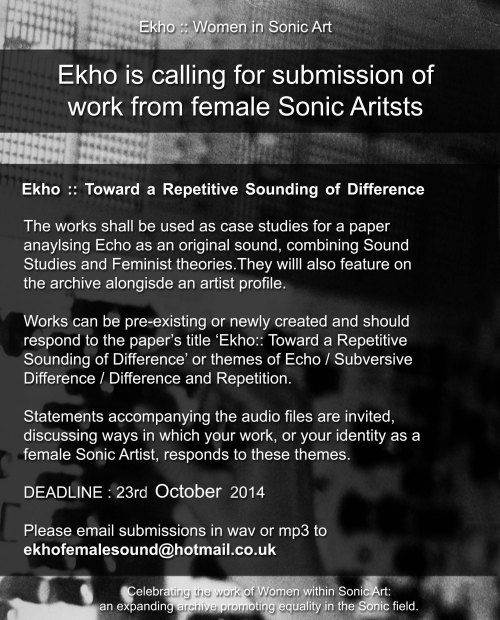
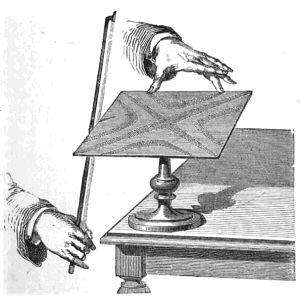








![Untitled 2 Rehearsing "Still and Moving Lines in Families of Hyperbolas" Cunningham Studios, NYC, 1974.[Photo : Mary Lucier]](https://ekhofemalesound.files.wordpress.com/2013/08/untitled-2.png?w=165&resize=165%2C105&h=105#038;h=105)

![photo_kitchen David Tudor's Rainforest performance April 19, 1975 at The Kitchen (59 Wooster Street). Tom Johnson is in foreground with back to camera, I am facing camera, both listening to hoop; in background at right is Laurie Speigel. [photo: Kathy Landman]](https://ekhofemalesound.files.wordpress.com/2013/08/photo_kitchen.jpg?w=343&resize=343%2C228&h=228#038;h=228)
![14 Joan La Barbara in performance at LA Theatre Center (3/3/86) of her work "Winds of the Canyon" with sets by visual artist Lita Albuquerque (standing in shadow at left). [photo: Debbie Richardson]](https://ekhofemalesound.files.wordpress.com/2013/08/14.gif?w=149&resize=149%2C104&h=104#038;h=104)

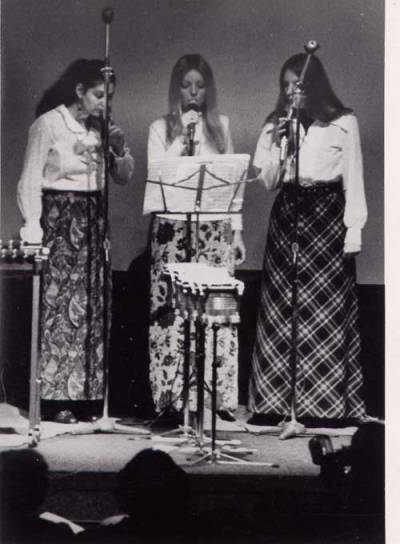
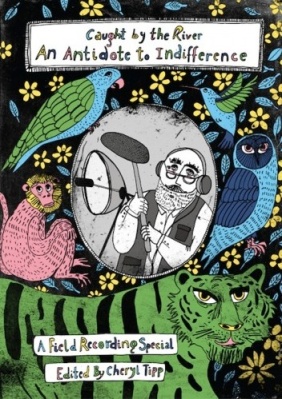



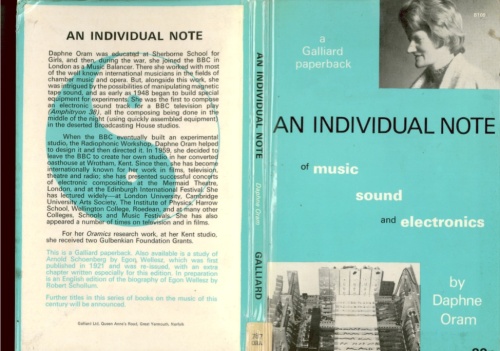

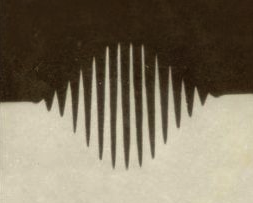
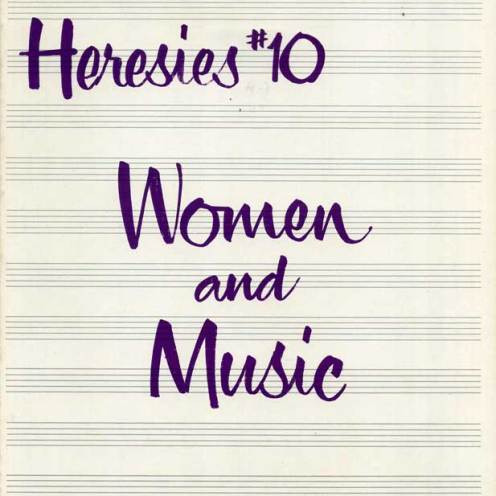







 Ivana Stefanović
Ivana Stefanović







